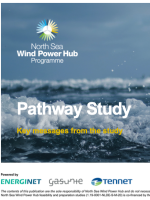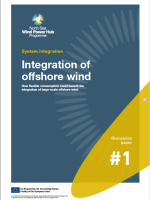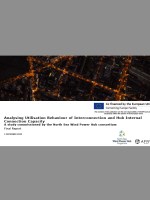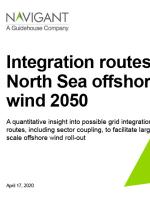Pathway Study
The aim of the first Pathway study was to learn how the integration of large-scale offshore wind is done effectively and in ways that maximises long-term socio-economic welfare while ensuring security of supply.
The objectives of the study were to:
- Deepen the understanding of the offshore wind integration challenges on both a national and transnational level,
- Understand the drivers of effectively integrating large scale offshore wind into the energy system, considering the country or regional specific energy system context, and
- Determine the design principles for possible integration routes, in the context of the roll-out pathway of the first and following hub-and-spoke projects, thereby supporting decision making for the first hub and spoke project to be realised in the early 2030s.
In other energy system studies, we have assessed the energy system and infrastructure choices that benefit the cost effective and efficient integration of offshore wind in the northwest European energy system.
Our first Pathway study presents potential end-pictures and pathways through energy infrastructure optimization modelling, with the focus on minimizing cost of energy-infrastructure on the long term (2050). We employed a partial equilibrium model to find the least-cost economical dispatch and capacity expansion solution for the represented energy system. Energy system scenarios (electricity and hydrogen demand, and power supply capacity) were fixed whereas infrastructure (onshore and offshore), conversion, and storage capacity as well as dispatch of power sources were optimised by the model.




